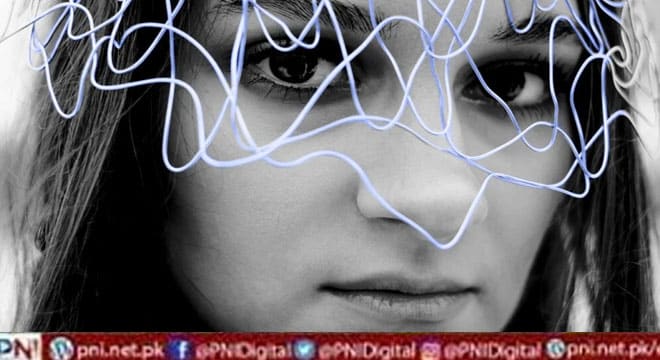ISLAMABAD, Jan 30 (Online): Scientists and philosophers have long struggled to explain how the brain generates conscious experiences. Some doubt whether the objective tools of science can ever get to grips with a phenomenon that is so subjective. Even so, researchers have begun to identify the changes in brain activity that accompanies awareness, and they also have some fascinating ideas about why consciousness evolved.
Share on PinterestHow much do we really know about human consciousness? Image credit: Oxana Pervomay/Stocksy.
How the brain conjures conscious awareness from the electrical activity of billions of individual nerve cells remains one of the great unanswered questions of life.
Each of us knows that we are conscious, in terms of having thoughts, perceptions, and feelings, but we are unable to prove it to anyone else. Only we have access to the mysterious essence that allows us to experience those thoughts, perceptions, and feelings.
In the 1990s, the philosopher David Chalmers described this inaccessibility to external, objective scrutiny as the “hard problem” of consciousness.
He proposed that an easier task for scientists to tackle would be its “neural correlates” — where and how brain activity changes when people have conscious experiences.
Apart from curiosity, scientists are most likely motivated to discover the neural correlates of consciousness in order to help diagnose and treat disorders of consciousness, such as persistent vegetative states and some psychiatric disorders.
Three dimensions of consciousness
Consciousness has several distinct dimensions that they can measure. Three of the most important ones are:
• wakefulness or physiological arousal
• awareness or the ability to have conscious mental experiences, including thoughts, feelings, and perceptions
• sensory organization, or how different perceptions and more abstract concepts become woven together to create a seamless conscious experience.
These three dimensions interact to produce our overall state of consciousness from moment to moment. For example, when wide awake, we are in a state of high awareness, but as we drift off to sleep at night, both wakefulness and awareness subside.
Awareness and physiological arousal return during REM (rapid eye movement) sleep, which is when vivid dreams are mostly likely to occur. But these sensory experiences are mostly disconnected from external stimuli and detached from the concepts that anchor us to reality while we are awake.
In a similar way, altered states of consciousness, such as those induced by psychedelic drugs or low oxygen levels, involve normal levels of arousal but disorganized sensory experiences.
These can include hallucinations of sounds, smells, or sights, but also synesthesia, when there is cross-talk between usually discrete senses, such as sounds that evoke visual experiences.
People in a coma, or under anesthesia, can have levels of wakefulness and awareness that are even lower than during non-REM sleep.
Meanwhile, in a strange hybrid state of consciousness known as unresponsive wakefulness syndrome, or a vegetative state, patients undergo daily cycles of sleep and wakefulness, but without showing any sign of awareness.
Despite spending long periods with their eyes open, they do not exhibit behavioral responses to external stimuli.
Some of these patients will recover limited signs of awareness, known as a “minimally conscious stateTrusted Source,” such as the ability to respond to instructions or follow a moving objects with their eyes.
The neural correlates of consciousness
Patients in different states of consciousness have provided vital clues about the neural correlates of consciousness.
Techniques such as functional magnetic resonance imaging (fMRI) and electroencephalography (EEG) have revealed the neural activity that accompanies these states.








